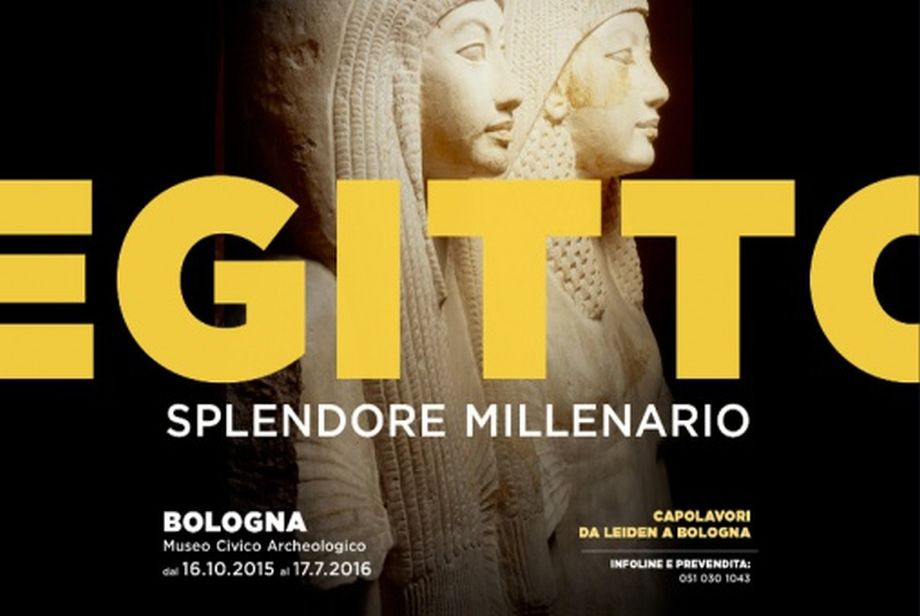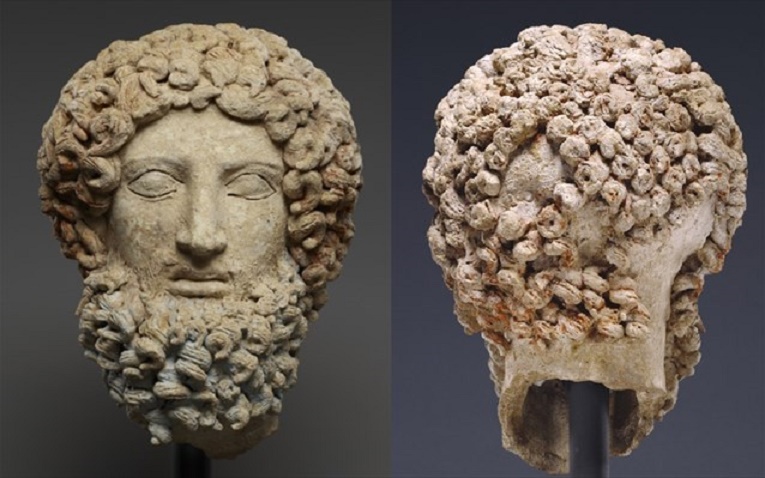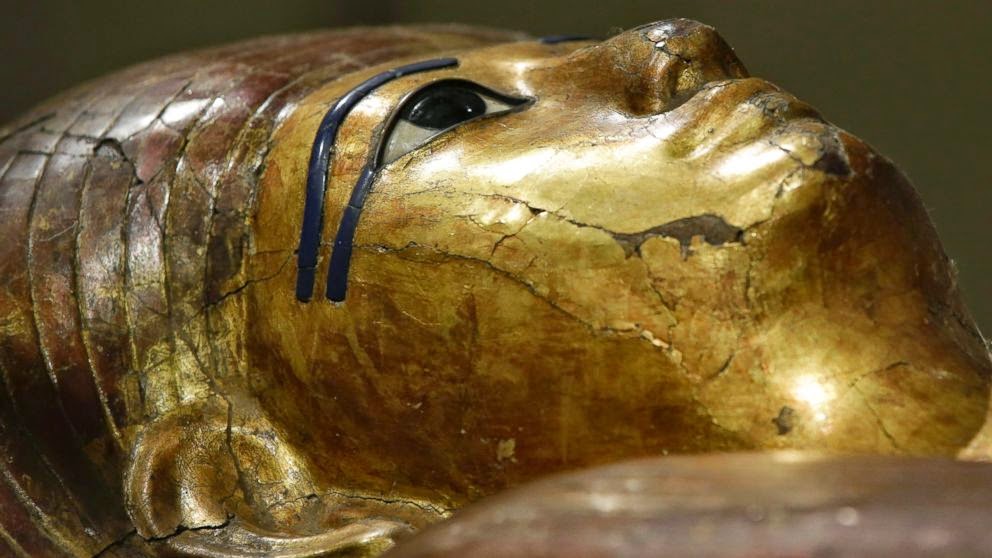The Great London:
Italy
More Stuff: 'Egypt: Millennia of Splendour' at the Museo Civico Archeologico in Bologna

Southern Europe: Getty Museum returns head of Greek statue to Italy

Libya: Mafia offers rifles to jihadists for Libyan treasures

More Stuff: Turin Egyptian Museum gets overhaul of pharaonic proportions

Italy: Fossil find reveals just how big carnivorous dinosaur may have grown

Italy: Ötzi – a treacherous murder – with links to Central Italy

Early Humans: Evidence of oat grinding by Stone Age hunter-gatherers found in Italy
